Kaixin Gao
FedAH: Aggregated Head for Personalized Federated Learning
Dec 02, 2024



Abstract:Recently, Federated Learning (FL) has gained popularity for its privacy-preserving and collaborative learning capabilities. Personalized Federated Learning (PFL), building upon FL, aims to address the issue of statistical heterogeneity and achieve personalization. Personalized-head-based PFL is a common and effective PFL method that splits the model into a feature extractor and a head, where the feature extractor is collaboratively trained and shared, while the head is locally trained and not shared. However, retaining the head locally, although achieving personalization, prevents the model from learning global knowledge in the head, thus affecting the performance of the personalized model. To solve this problem, we propose a novel PFL method called Federated Learning with Aggregated Head (FedAH), which initializes the head with an Aggregated Head at each iteration. The key feature of FedAH is to perform element-level aggregation between the local model head and the global model head to introduce global information from the global model head. To evaluate the effectiveness of FedAH, we conduct extensive experiments on five benchmark datasets in the fields of computer vision and natural language processing. FedAH outperforms ten state-of-the-art FL methods in terms of test accuracy by 2.87%. Additionally, FedAH maintains its advantage even in scenarios where some clients drop out unexpectedly. Our code is open-accessed at https://github.com/heyuepeng/FedAH.
Poincaré Heterogeneous Graph Neural Networks for Sequential Recommendation
May 16, 2022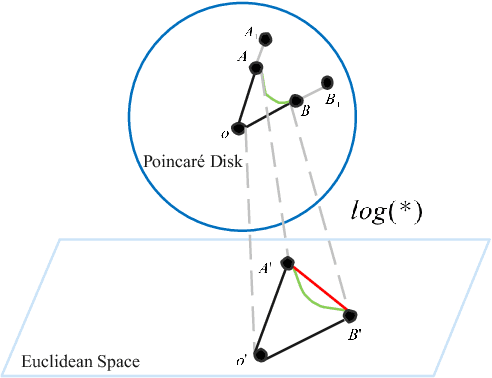
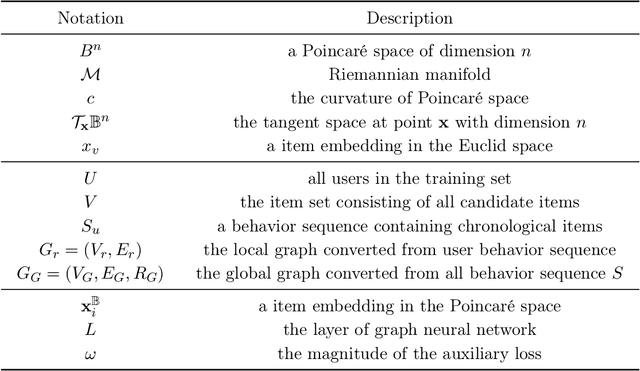
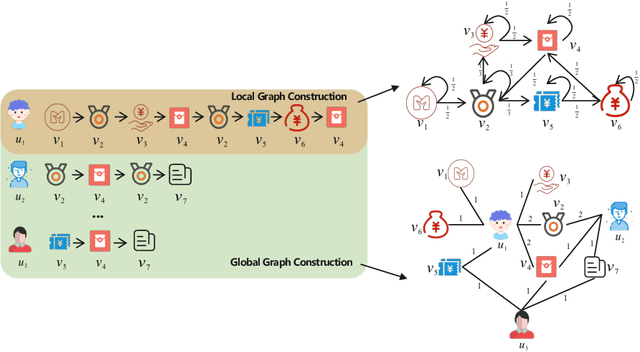

Abstract:Sequential recommendation (SR) learns users' preferences by capturing the sequential patterns from users' behaviors evolution. As discussed in many works, user-item interactions of SR generally present the intrinsic power-law distribution, which can be ascended to hierarchy-like structures. Previous methods usually handle such hierarchical information by making user-item sectionalization empirically under Euclidean space, which may cause distortion of user-item representation in real online scenarios. In this paper, we propose a Poincar\'{e}-based heterogeneous graph neural network named PHGR to model the sequential pattern information as well as hierarchical information contained in the data of SR scenarios simultaneously. Specifically, for the purpose of explicitly capturing the hierarchical information, we first construct a weighted user-item heterogeneous graph by aliening all the user-item interactions to improve the perception domain of each user from a global view. Then the output of the global representation would be used to complement the local directed item-item homogeneous graph convolution. By defining a novel hyperbolic inner product operator, the global and local graph representation learning are directly conducted in Poincar\'{e} ball instead of commonly used projection operation between Poincar\'{e} ball and Euclidean space, which could alleviate the cumulative error issue of general bidirectional translation process. Moreover, for the purpose of explicitly capturing the sequential dependency information, we design two types of temporal attention operations under Poincar\'{e} ball space. Empirical evaluations on datasets from the public and financial industry show that PHGR outperforms several comparison methods.
HCGR: Hyperbolic Contrastive Graph Representation Learning for Session-based Recommendation
Jul 06, 2021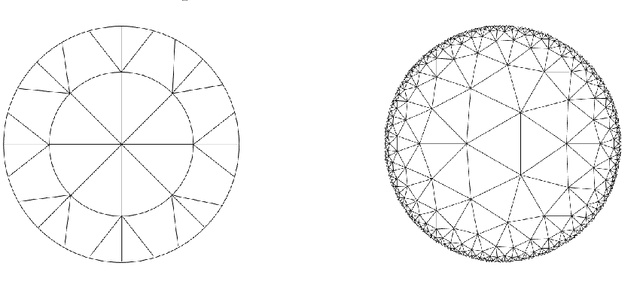
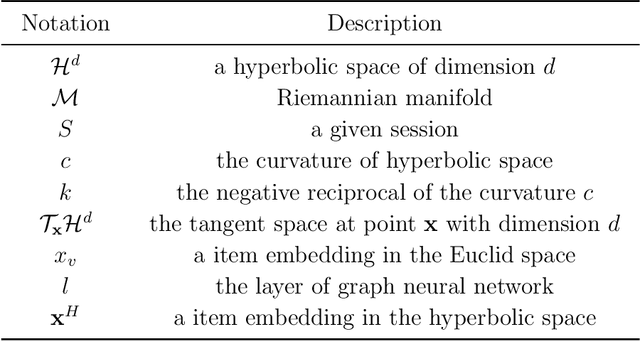


Abstract:Session-based recommendation (SBR) learns users' preferences by capturing the short-term and sequential patterns from the evolution of user behaviors. Among the studies in the SBR field, graph-based approaches are a relatively powerful kind of way, which generally extract item information by message aggregation under Euclidean space. However, such methods can't effectively extract the hierarchical information contained among consecutive items in a session, which is critical to represent users' preferences. In this paper, we present a hyperbolic contrastive graph recommender (HCGR), a principled session-based recommendation framework involving Lorentz hyperbolic space to adequately capture the coherence and hierarchical representations of the items. Within this framework, we design a novel adaptive hyperbolic attention computation to aggregate the graph message of each user's preference in a session-based behavior sequence. In addition, contrastive learning is leveraged to optimize the item representation by considering the geodesic distance between positive and negative samples in hyperbolic space. Extensive experiments on four real-world datasets demonstrate that HCGR consistently outperforms state-of-the-art baselines by 0.43$\%$-28.84$\%$ in terms of $HitRate$, $NDCG$ and $MRR$.
 Add to Chrome
Add to Chrome Add to Firefox
Add to Firefox Add to Edge
Add to Edge